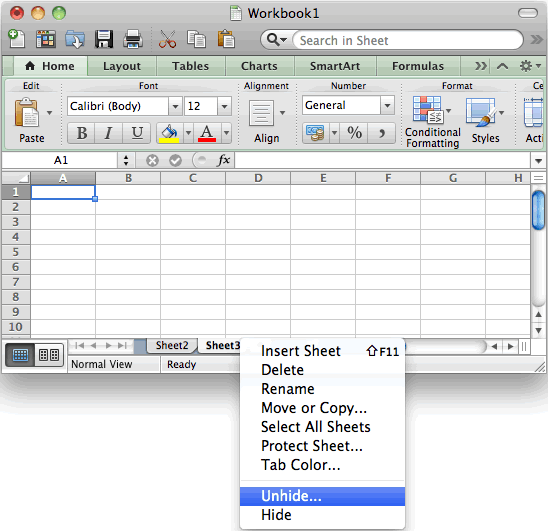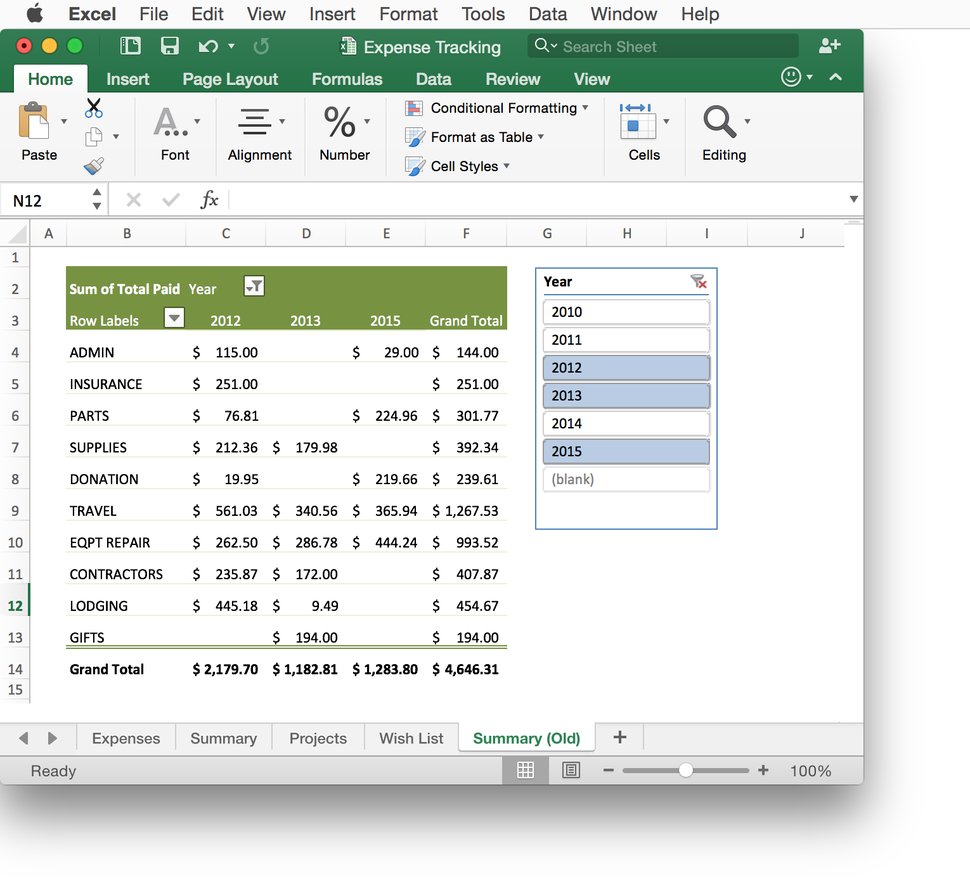From the headline, Microsoft Won’t Bring Office 2013 to Mac, but It Will Add SkyDrive Integration to Office 2011, you’d think that Microsoft was sticking it to Mac users. And from reading the article by Killian Bell, you’d never know that Mac users currently have a newer version of Office than Windows users – or that Microsoft has a long history of releasing new Office for Mac editions a year after every Windows version since 1997.
Excel 2010 and Excel 2013 for Windows. Power Query is a free add-in that can be downloaded here: Download the Power Query add-in. Once enabled, Power Query functionality is available from the Power Query tab on the ribbon. Excel 2016 and Excel 2019 for Mac. Get & Transform (Power Query) is not supported. Excel for Android, iOS and Online. Office 365 is a line of subscription services offered by Microsoft as part of the Microsoft Office product line. The brand encompasses plans that allow use of the Microsoft Office software suite over the life of the subscription, as well as cloud-based software as a service products for business environments, such as hosted Exchange Server, Skype for Business Server, and SharePoint, among others. There are very few limits to what can be done with the equations in Excel 2013. Another incredibly useful feature in Excel 2013 is the ability to generate a wide range of reports from the data in the spreadsheet. There are dozens of different report options from creating a pivot table to making a simple pie chart.
Macs Had It First
Microsoft Office has three core components: Microsoft Word, Excel, and PowerPoint.
WYSIWYG Word
Microsoft Word was initially developed for Xenix (Microsoft’s version of Unix) and MS-DOS and introduced in 1983. From the start, it was designed to be used with a mouse. Word was ported to the Mac and shipped in 1985; the first WYSIWYG version of Word included support for the Mac’s fonts. Word didn’t get that on the PC side until 1989, when Microsoft introduced Word for Windows.

WYSIWYG Spreadsheet
Microsoft’s first spreadsheet was MultiPlan, introduced in 1982 for practically every personal computing platform. But the following year, Lotus introduced 1-2-3 for DOS, which almost immediately became the top spreadsheet choice on the IBM platform. In 1984, MultiPlan was introduced with the Macintosh, where it quickly became the dominant spreadsheet program.
The first version of Excel arrived in 1985 – and it arrived on the Mac. It wasn’t until 1987 that Excel came to Windows.
PowerPoint
PowerPoint was originally designed for Macs under the name Presenter. Introduced in early 1987, Microsoft bought the company that created it in August 1987. PowerPoint didn’t come to Windows until May 22, 1990, the same day Windows 3.0 was launched.
Microsoft Office
The first version of Microsoft Office wasn’t for Microsoft’s Windows operating system. It was a suite of programs for Mac users. Introduced in 1989, Office for Mac included Word 4.0, Excel 2.2, PowerPoint 2.01, and Mail 1.37. Office arrived for Windows in Late 1990, and the first version didn’t even have an email client.
In short, the Mac was the first platform with a WYSIWYG version of Word, the first with a WYSIWYG spreadsheet, the first to get Excel, and the platform PowerPoint was developed for. Also, Office for Mac included an email client long before Office for Windows.
Microsoft Office History
Office 1.5 arrived in 1991, replacing Excel 3.0 with version 4.0, and version 1.6 was the first to include an email client for Windows PCs.
In 1992, Microsoft released Office 3.0 in separate Windows and Mac versions. Both editions had Excel 4.0 and PowerPoint 3.0. Word for Windows 2.0 was part of the PC bundle, while Macs had Word 5.0. In the future, Microsoft would sync Word version numbers.
Office for Windows 4.0 arrived in 1994, followed by Office for Windows NT 4.2 and Office 4.2 for Mac. These all included Word 6, Excel 4, and PowerPoint 4, although Word 6 for Mac was so poorly received that Microsoft reintroduced Word 5.1 to keep Mac users from defecting.

From this point forward, Mac and Windows versions of Microsoft Office would never again share version numbers.
- Office 95 arrived with Windows 95 in August 1995, followed by Office 97 two years later.
- Office 98 was the Mac version, released in 1998 (as though you hadn’t guessed).
- Office 2000 was for Windows, and 2001 (released in Late 2000) was for Macs.
- Office v. X, the first Mac OS X edition, also arrived in 2001.
- Office XP came in 2002, followed by Office 2003, also for Windows. And then came Office 2004 for Macs (the newest version here at Low End Mac).
- Office 2007 was for Windows, 2008 for Macs, 2010 for Windows, and the current 2011 for Macs.
And that’s where we stand today. Since 2001, the Mac version of Microsoft Office has always come a year after the PC version (excepting Office XP), and today Mac users have a version of Office that’s newer than Windows users have.
Don’t Panic
No, we’re not going to see Microsoft Office 2013 for Mac. That’s the Windows version. Based on history, we should not expect Office 2013 for Mac – which is why I have problem with the seemingly panic-stricken Cult of Mac headline.
We’ll have to wait for Microsoft Office 2014 to bring all the new Office goodness to the Mac (and perhaps iOS as well). This gives Microsoft’s Mac development team time to integrated the new Windows features and workflows to the Mac, which needs to be done so it will be a Mac software suite and not a horrible Windows port like Word 6.0 was.
We should be grateful that Office 2011 users will get SkyDrive integration, making it easy to put documents in the cloud for access from other computers, but there’s no need to panic about not getting Office 2013, because we’ll have something even better in 2014.
Keywords: #office2013 #macoffice2013 #nomacoffice2013 #dontpanic #office2014 #macoffice2014 #microsoftoffice2014
Short link: http://goo.gl/yuvDnr
searchword: nomacoffice2013, dontpanic
Excel 2013 is a powerful spreadsheet program designed for professional use across a range of industries. The program is part of the larger Microsoft Office package. That means it is easy to import and export data between other Microsoft programs such as Word or PowerPoint. Excel 2013 allows you to enter rows and columns of data on a large grid. You can record nearly any type of data from numbers to text strings and images. You can arrange the data in nearly any format and color. The spreadsheet can be used to track lists or to generate complicated reports.
The real power of comes from the ability to dynamically analyze, change or calculate data in a spreadsheet. Users are able to create very complicated equations within the program. Those equations can do things such as sort lists, add numbers together and perform basic logical functions. The equations can be applied to a single cell, an entire row or the whole spreadsheet depending on the needs of the user. Multiple equations can be stacked in order to do sophisticated accounting or scientific tasks. There are very few limits to what can be done with the equations in Excel 2013.
Another incredibly useful feature in Excel 2013 is the ability to generate a wide range of reports from the data in the spreadsheet. There are dozens of different report options from creating a pivot table to making a simple pie chart. You are able to define exactly what data to use in the report and how to arrange it. You can customize nearly every part of a report to meet your needs. You could even potentially generate a full report by hand instead of relying on the automated wizard in the program.
Excel 2013 introduced a new feature known as flash fill. This feature attempts to intelligently sort data in a way that makes sense to people. You can import or paste in a large amount of unsorted data. Excel will go through looking for patterns or similarities between various data fields. It will then sort the data into rows and columns. This feature can make organizing data from many different disparate programs simpler and faster. The flash fill feature does not always work correctly although it can really save a large amount of time when it does.
The basic interface for Excel 2013 has been upgraded from previous versions to be easier to use. The often complicated menu bars at the top of the application have been replaced with a ribbon. The ribbon allows you to see all of the functions available grouped by various categories. The visual representation of the different functions makes it much easier to identify what you are looking for instead of having to sort through endless nested menus. This can actually improve productivity.
One drawback of Excel 2013 is that it can be very intimidating to anyone who is just learning to use the program. The sheer number of specialized features and options can be overwhelming at first. That sometimes drives people away from learning how to use all of the functions within the spreadsheet. Excel 2013 is widely recognized as the best spreadsheet application available today. It is commonly used in businesses of all sizes to do anything from creating invoices to managing employee schedules.
Pros
Is There Excel 2013 For Macbook Pro
- Incredibly powerful feature set
- Full integration with Microsoft Office applications
- Automated wizards to make performing tasks easier
Is There Excel 2013 For Mac Shortcut
Cons
Word And Excel For Mac
- Can be complicated to use
- Some options and features are confusing
